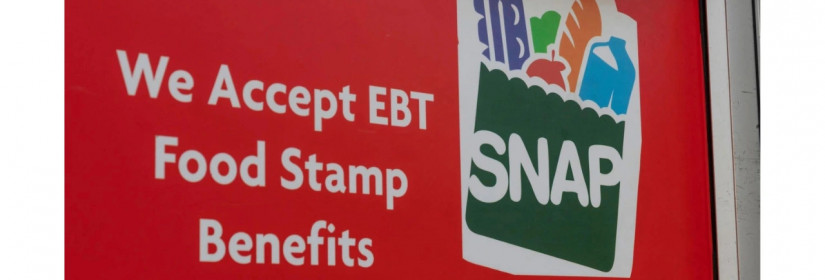SNAP 2025: How Much You Can Get, Who Qualifies, and Why October May Bring a Surprise

If you're applying for SNAP or already receiving benefits, now is the time to pay close attention.
The program, also known as food stamps, continues to provide vital support to low-income households across the U.S.
But there's one important thing to understand: benefit amounts aren’t guaranteed to rise each year.
Despite what many expect, the annual Cost-of-Living Adjustment (COLA) doesn’t always mean more money.
In fact, in states like Hawaii, recent COLA updates resulted in lower benefit amounts.
Since COLA is based on inflation, if prices don’t climb significantly, SNAP benefits can stay flat or even shrink slightly.
If no major economic changes occur, new benefit amounts will roll out on October 1, 2025.
Your adjusted amount, if there is one, will appear with your usual October payment, based on your state’s payment calendar.
One advantage for SNAP households? Unlike Social Security, which applies COLA in January, SNAP applies any changes in October, offering earlier relief for families managing tight grocery budgets.
The Senior Citizens League (SCL) projects a 2.4% COLA for 2026, which could influence next year’s SNAP amounts, though likely not by much.
How Much Can You Get Through SNAP in 2025?
For households in the 48 contiguous states and Washington, D.C., these are the maximum monthly SNAP allotments (October 2024 to September 2025):
-
1 person: $292
-
2 people: $536
-
3 people: $768
-
4 people: $975
-
5 people: $1,158
-
6 people: $1,390
-
7 people: $1,536
-
8 people: $1,756
-
Each additional person: +$220
Families in Hawaii, Alaska, Guam, and the U.S. Virgin Islands may qualify for higher amounts. For instance, a household of four in urban Alaska could receive up to $1,258 per month.
Income Limits for SNAP in 2025
To qualify for SNAP, your household must fall within both gross and net income limits, which vary by household size. A few examples:
-
Two-person household
-
Gross monthly income: $2,215
-
Net monthly income: $1,704
-
-
Four-person household
-
Gross monthly income: $3,380
-
Net monthly income: $2,600
-
Income sources include wages, unemployment benefits, Social Security, and pensions.
SNAP also allows certain deductions, such as:
-
20 percent of earned income
-
Dependent care (like childcare)
-
Out-of-pocket medical expenses for seniors or disabled persons
-
Housing costs that exceed half of your net income
Don't miss: Get $120 per Child This Summer with the 2025 SUN Bucks Program
Special Considerations for Seniors and Disabled Individuals
Households with an elderly (60+) or disabled member are only required to meet net income limits, not gross.
They're also allowed to have up to $4,500 in resources, instead of the $3,000 limit for most others. Some states also streamline the process for seniors or disabled-only households.
For example, Texas offers a simplified application path.
Citizenship and Work Requirements
SNAP applicants must be U.S. citizens or legal residents.
Children who are U.S. citizens may qualify even if their parents are not. You must apply in the state where you live.
For adults aged 18 to 52 without dependents (called ABAWDs), additional rules apply.
To keep receiving benefits for more than three months in three years, they must either:
-
Work at least 20 hours per week
-
Enroll in a qualifying job training or education program
How Long Does It Take to Get Approved?
Most SNAP applications are processed within 30 days.
However, emergency applications may be approved within seven days if the household has extremely limited income and assets.
Benefits are loaded onto an EBT (Electronic Benefits Transfer) card, which can be used at participating grocery stores and online platforms like Amazon and Walmart.
Looking Ahead: October 1 Is Key
Current benefit levels will stay the same through September 30, 2025.
Any new adjustments will take effect starting October 1, depending on the USDA’s COLA decision.
If you’re already enrolled, you won’t need to reapply to receive an increase.
Just monitor your October deposit. And while COLA estimates are useful, the final numbers won’t be confirmed until late summer.
To stay updated, visit fns.usda.gov/snap or contact your local SNAP office for news and support.
-












